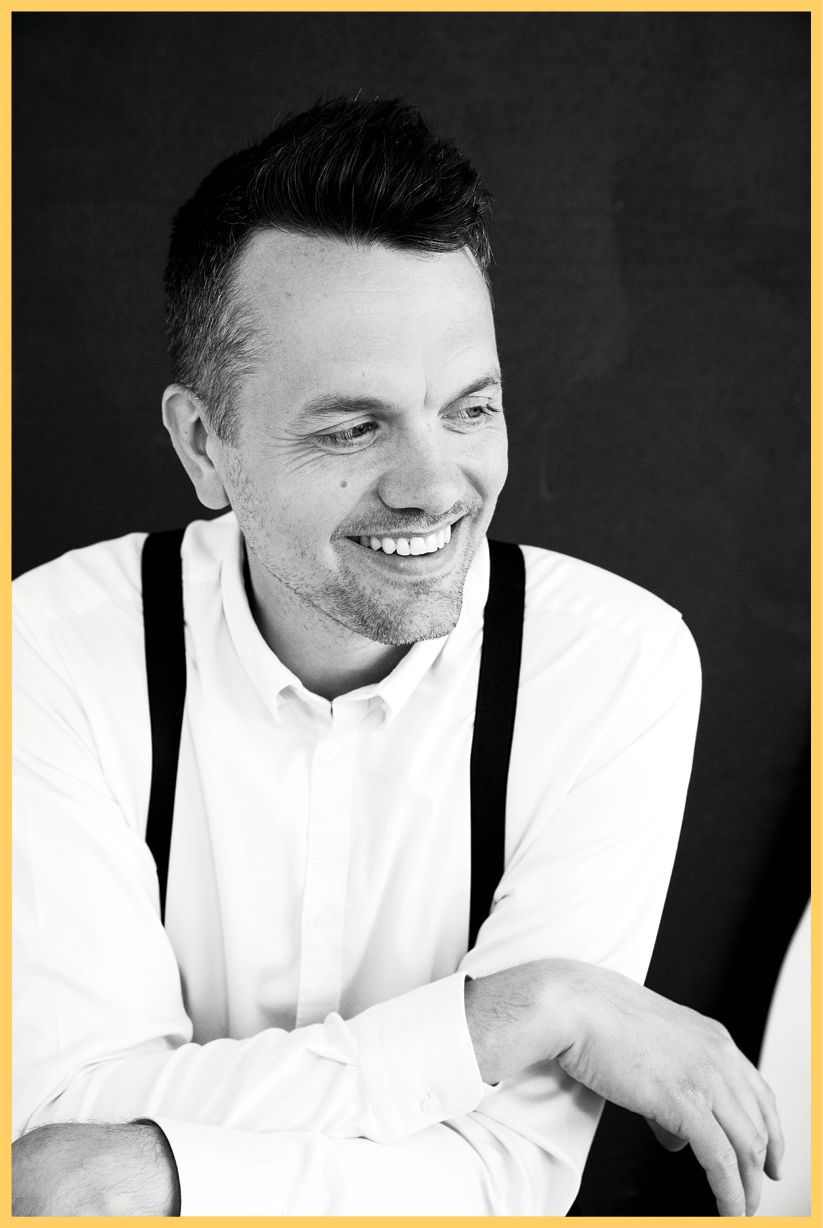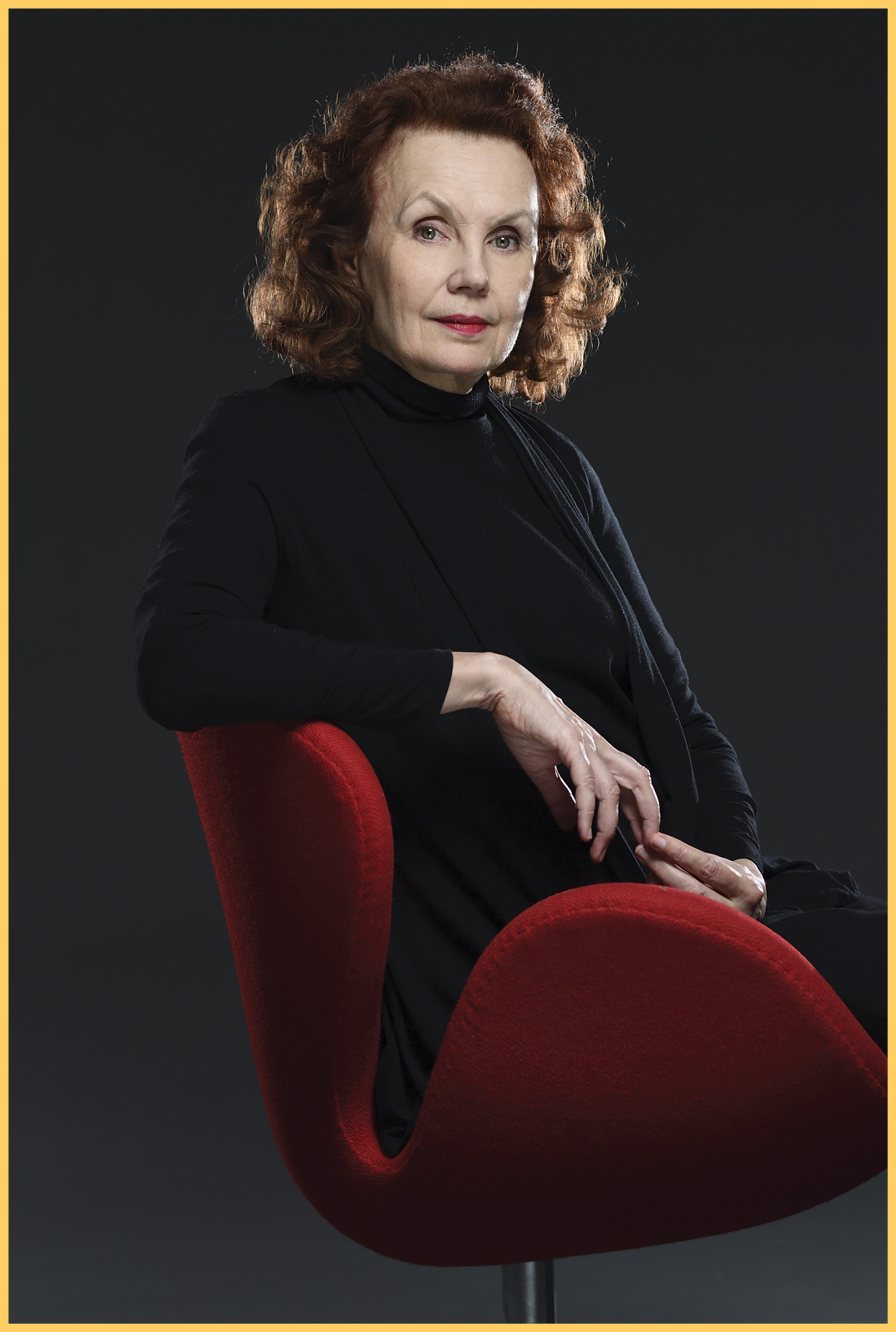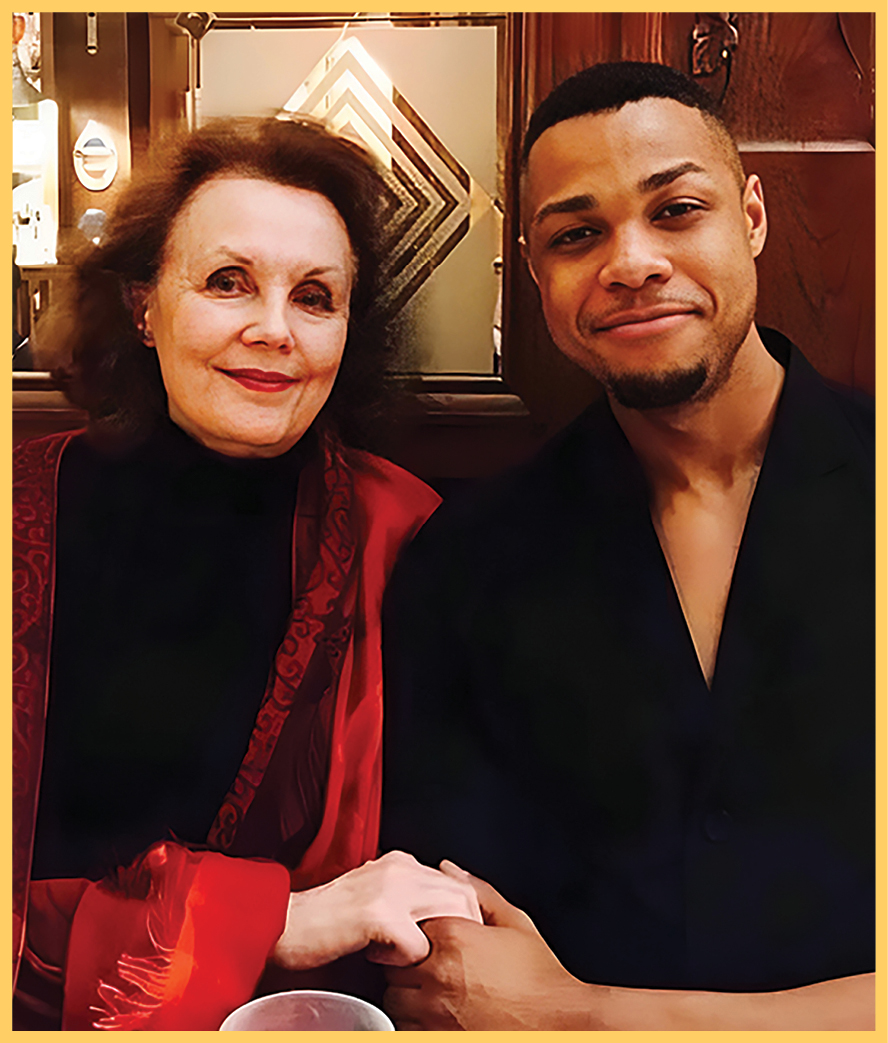What Makes Us Alive
Two contemporary works at the CSO hold a mirror to human nature
by Hannah Edgar

Daníel Bjarnason is among the first generation of composers that penned their works not on staff paper but behind a computer. Back when he started composing, the first edition of Sibelius, a music notation software, had just come out; the Icelandic composer and conductor can’t imagine what his writing process would look like without that program or Pro Tools, the digital audio workstation he uses to layer his own live improvisations. But Bjarnason remembers being shocked by his first encounter with Melodyne, a pitch modification software which can alter a song’s key or scrub away instrumental lines in seconds.
“All of a sudden, it changes your perspective on what’s possible,” he says.
The latest artificial intelligence (AI) explosion is in a class of its own. Inspired by a conversation with his brother, Bjarnason seized upon the Echo and Narcissus myth as a metaphor for AI and its ramifications: Echo is cursed to repeat the words of others instead of finding her own, and Narcissus is so infatuated with his own reflection that he pays Echo no mind. It worked on many levels—and to Bjaranson, it’s no coincidence that artificial intelligence only “burst into the mainstream” when it started communicating in an uncannily humanlike way.
“We’ve created this in our image, and now we want to know what it tells us about ourselves. That’s what we’re interested in, more than anything else,” he says.
Those philosophical concerns guide Bjarnason’s CSO co-commission, “Echo/Narcissus” (Nov. 10–11). The piece is the first completed “movement” of a trilogy he’s calling I Want to Be Alive, which Bjarnason says “draws inspiration from different questions about the nature of consciousness.” Although “Echo/Narcissus” is the first part of the commission to be performed, Bjarnasson expects he’ll actually slot it second when he completes the trilogy next season. (The first full performance of I Want to Be Alive is scheduled for May 2025, in Toronto.)
“Echo/Narcissus” is only conceptually inspired by AI—so no, ChatGPT was not consulted in the making of the piece. Its references to the titular Greek myth, however, are somewhat more tangible. For example, the first half, a set of variations, uses “a lot of echo or delay, both within the instrumentation and also by repeating itself in slightly varied form,” Bjarnason says. Those motifs persist in the second half but make little headway against an orchestral texture evoking Narcissus’ “sick portrayal of beauty.”
Despite the unease that permeates “Echo/Narcissus,” Bjarnason isn’t an AI cynic—if anything, he’s a realist. Bjarnason expects more and more creative people will treat AI as just another tool in their toolbelt, just like the myriad digital programs he and countless other composers already use.
“It’s here to stay. I don’t think there’s any point in pretending otherwise. The genie’s out of the bottle,” he says. “I already can see so many ways it could make fleshing out certain ideas easier. I think the only way is to embrace it and see how it could work for you and your art.”
At the same time Bjarnason spoke with Fanfare from Iceland, thousands of miles away in Boston, bass-baritone Davóne Tines was rehearsing a new opera that didn’t just embrace AI: it depended on it. A revival of Valis, a 1987 opera by Tod Machover, evoked an “orchestra of the future” through AI and augmented reality technology developed in Machover’s lab at MIT.
“There are analog instruments, digital instruments, pre-recorded tracks, and an AI instrument,” Tines says. “Plus, there’s a lot of spoken text, which is a unique challenge for me. I have some acting chops, but this is really pulling on all the chops.”

Kaija Saariaho’s True Fire, the song cycle Tines is performing with the CSO Nov. 25–26, also weaves between sung and spoken text at times, if subtly. One song, based on a Native American lullaby, sees the baritone soloist shushing as though to hush the orchestra. Another sets a poem by Palestinian writer Mahmoud Darwish, with some words spoken rather than sung as an expressive flourish. “The last train has stopped at the last platform. But no one / Can cast the reflection of Narcissus back on the mirrors of night,” reads one line, with “Narcissus” spoken.
The last time Tines performed True Fire, as part of a 2017 Saariaho portrait concert organized by Radio France, he pitched up his voice powerfully on “Narcissus,” as though directly castigating the self-obsessed youth. But it’s anyone’s guess what he’ll do performing it again in Cincinnati, six years later. Tines expects he’ll interpret the entire cycle differently, conceiving it more as an arc rather than six disjunct movements.
“Consonants are notated very specifically; words are stretched apart very intentionally. You’re not only mindful of a word, but mindful of each part of the word,” he says. “It really invites a lot of extremely nuanced choices. That’s what makes it so pleasurable to perform.”
Saariaho originally conceptualized True Fire as an experiment to “access the different colors of the [baritone] voice through the texts.” Those texts—by various authors and from far-flung sources—seem to bear little relation to one another, save for three texts taken from Ralph Waldo Emerson’s Spiritual Laws. To Tines, the common denominator is Saariaho herself.
“I think it has to do with being a sensitive and present person who cares about the specificity of words. There’s an entire movement about that,” he says, referencing a section of True Fire set to verse by Irish poet Seamus Heaney. “That cinematic movement about waiting at a train stop is really about what it means to wait. It asks people to be still and listen.”
Though Tines’ career only briefly overlapped with Saariaho’s, those intersections changed the course of his life. While a master’s degree student, Tines answered an audition call for bass-baritones in a dance studio on the Juilliard campus. Saariaho was present, as was the director Peter Sellars. To his astonishment, they offered Tines a lead role in Saariaho’s opera Only the Sound Remains (2016), kicking off a fruitful working relationship with Sellars and catapulting him to international fame.

“In one fell swoop, I was making my debuts with the Dutch National Opera, the Paris Opera, the Teatro Real in Madrid, the Finnish National Opera, and the White Light Festival at Lincoln Center,” Tines says.
Saariaho was hugely complimentary of Tines’ interpretation of True Fire in Paris. They took bows onstage together and went out to dinner afterward, where they took the photo included with this article.
“Because of our age difference, she became pretty motherly at certain times. Whenever we went out, she always made sure that I ate enough. She was like, ‘Eat more; you need steak!’” Tines recalls, laughing.
While speaking to Fanfare Magazine, Tines found it difficult to talk about Saariaho in the past tense.
Because symphony seasons are programmed far in advance, True Fire was slated to be performed here long before Saariaho’s death in June. Now, the CSO’s performance will double as a tribute to the late composer.
“She is—was—so graceful and elegant. That came from a deep place of grounding, of being very intentional and meaningful in everything that she did and said,” Tines says.
“That grounded elegance shows up in her writing. She spent a lot of her life contending with a complex sound world that most people don’t engage with. She brings those invisible things to a place where people can feel them.”